
Standard Barracuda


Standard Barracuda
 Standard Barracuda |

|
 Standard Barracuda |
Editor's Notes
Click Here to see all of the new items. |
|
 
If you are planning a race and are not required to use a specific kit type, our MV Basic or Wedge Car Kit are just what you need. These attractively priced kits are equipped with:
|
Fenders can be added and removed without affecting the wheels, axles, lubrication, and alignment.
Ballast weight can be added and removed to compensate for the weight of the fenders, again without affecting any other factor.
The ballast weight is added/removed at the center of gravity of the fenders.1
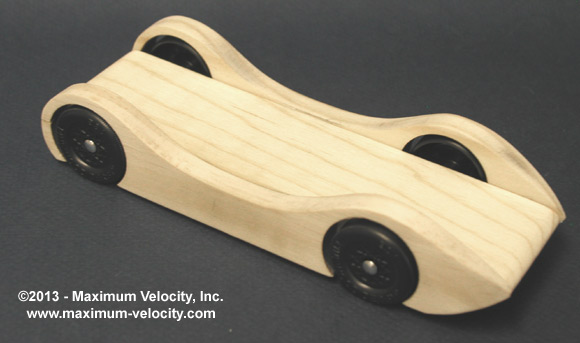
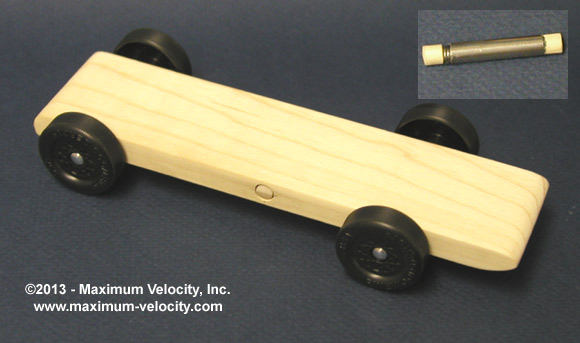
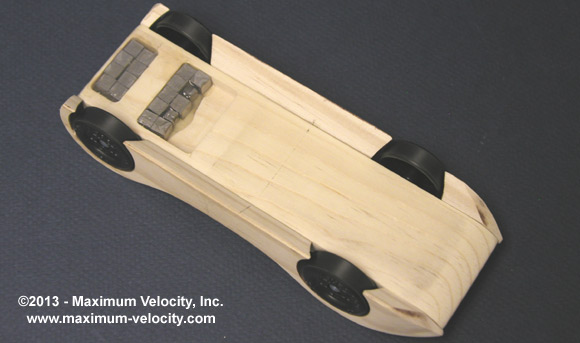
Pro-Stock Speed Wheels
BSA Speed Axles (polished)
Krytox 100 lubricant
Down-canted front right wheel for rail-rider alignment
Use half fenders instead of full fenders.
Use balsa fenders instead of basswood or pine fenders.3
Minimize the weight of the main car body as much as possible.
 
|
Aero Fenders $1 off |
 
|
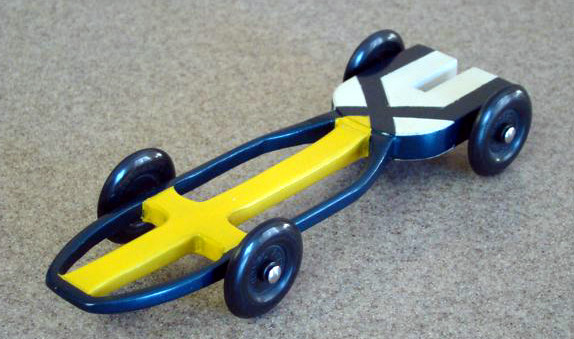
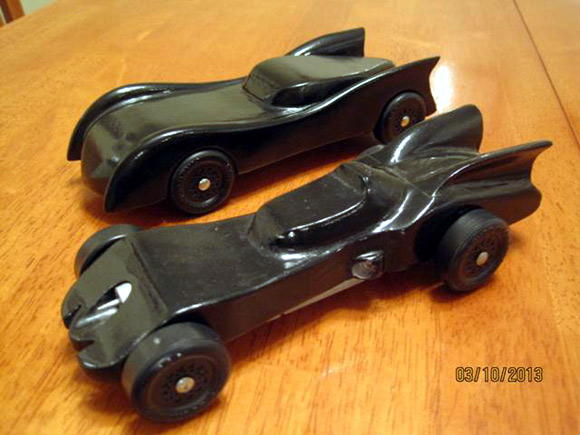
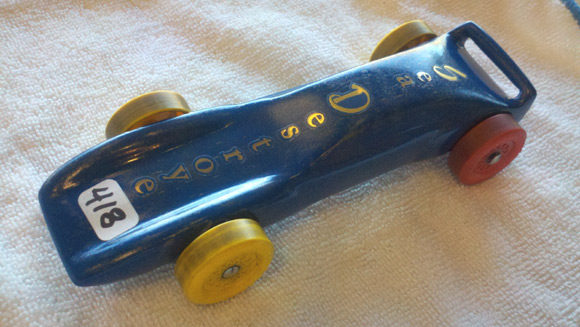

We do not have prepped solid axles. However, if they are allowed by your rules the PineCar Speed Wheels will give you a big bang.
If possible, I would set the balance point at 1 inch or less. 1-1/8 inches is conservative. You would get more speed with a more aggressive balance point.
Baking the block is not really helpful unless the block seems especially heavy or damp (not typical for PineCar blocks).
Regarding paint, for brush painting use acrylic paints applied with a foam brush). For spray painting, use laquer paints such as "Duplicolor" from auto stores. Avoid enamel paints.
Regarding the shape of the wedge, keep the profile as low as you can: 7/8 inch max at the back, better at 3/4 inch. Round down the nose.
Make sure to thoroughly lube with a high-quality graphite, such as our Max-V-Lube or PineCar Hob-E-Lube. Avoid "Dry-White" and PineCar "XLR".
Check the width of the block. With the rod axles, oftentimes the body is too wide and the wheels do not spin freely. You may need to sand the side of the car body to get clearance between the wheel hub and car body on both sides. Alternately, cut the long rod axle in half so you can set the clearance of each wheel independently.
